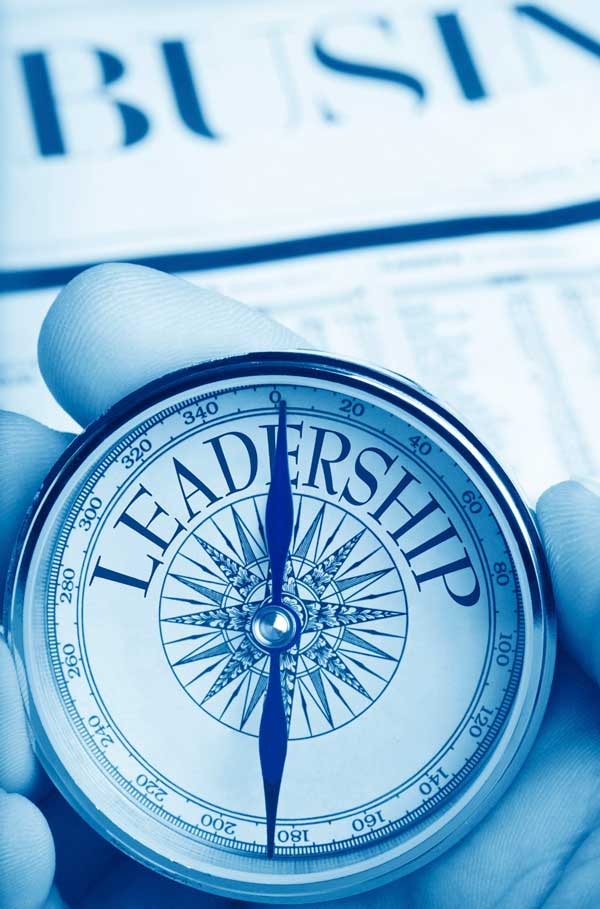
How often have we heard the mantra: Our people are our greatest asset.
Now, in the new world of 21st century leadership, it’s actually true.
An assumption of the Industrial Age was that the greatest value was reposed in those entrusted with positions of power. They would direct others’ activities, based on their surpassing knowledge and understanding.
No more. Today, information and innovation comes from the bottom-up and the outside-in.
Whether one’s focus in within the enterprise, or outside, there is always more information and prospective innovation outside of the executive suite than within it.
That’s true of even the most impossibly intelligent CEO.
Leaders’ Top Priority is to Serve Those Who Create Preponderant Value
As Southwest Airlines chief Herb Kelleher urged, the way a CEO effectively serves customers is by effectively serving her employees.
In the Information Age, high positional leaders must strive to empower and cultivate other leaders, throughout the organization. In this way, a service ethic can unleash a culture of dynamism and mutual growth and innovation.
There’s also a new wrinkle. In many situations work is performed in ad hoc projects. These may move across organization charts, breaking silos, within enterprises. From the outside, suppliers or consultants may play roles previously undertaken by employees. Here, too, the greatest value is created by striving to serve them.
Collaboration as the New Normal
What’s in a word?
Collaboration is derived from the Latin: working together.
Collaboration connotes–or denotes–an absence of hierarchy.
In practice it means fluid arrangements, where individuals’ roles may shift constantly, in accountable adaptation.
The operative approach is that of teams. Various participants may offer greater leadership at various times.
Command-and-Control Is No Longer the Default Standard
Command-and-control is giving way to choreography, orchestration, coaching.
The best way to succeed at what used to be called the “hard” stuff–production and implementation–is to master the “soft” stuff, developing people.
That’s not to say that there are not circumstances where command-and-control may not be necessary. It depends on what’s required to serve effectively. It may be required to set things right in a given situation for a limited time. But it’s certainly not the norm. The underlying assumptions have much less real-world applicability.
For 21st century leaders, it’s all about service. In turn, service is all about relationships.
adapted from Serve to Lead.
21st Century Leadership Principle | People Are Greatest Asset
